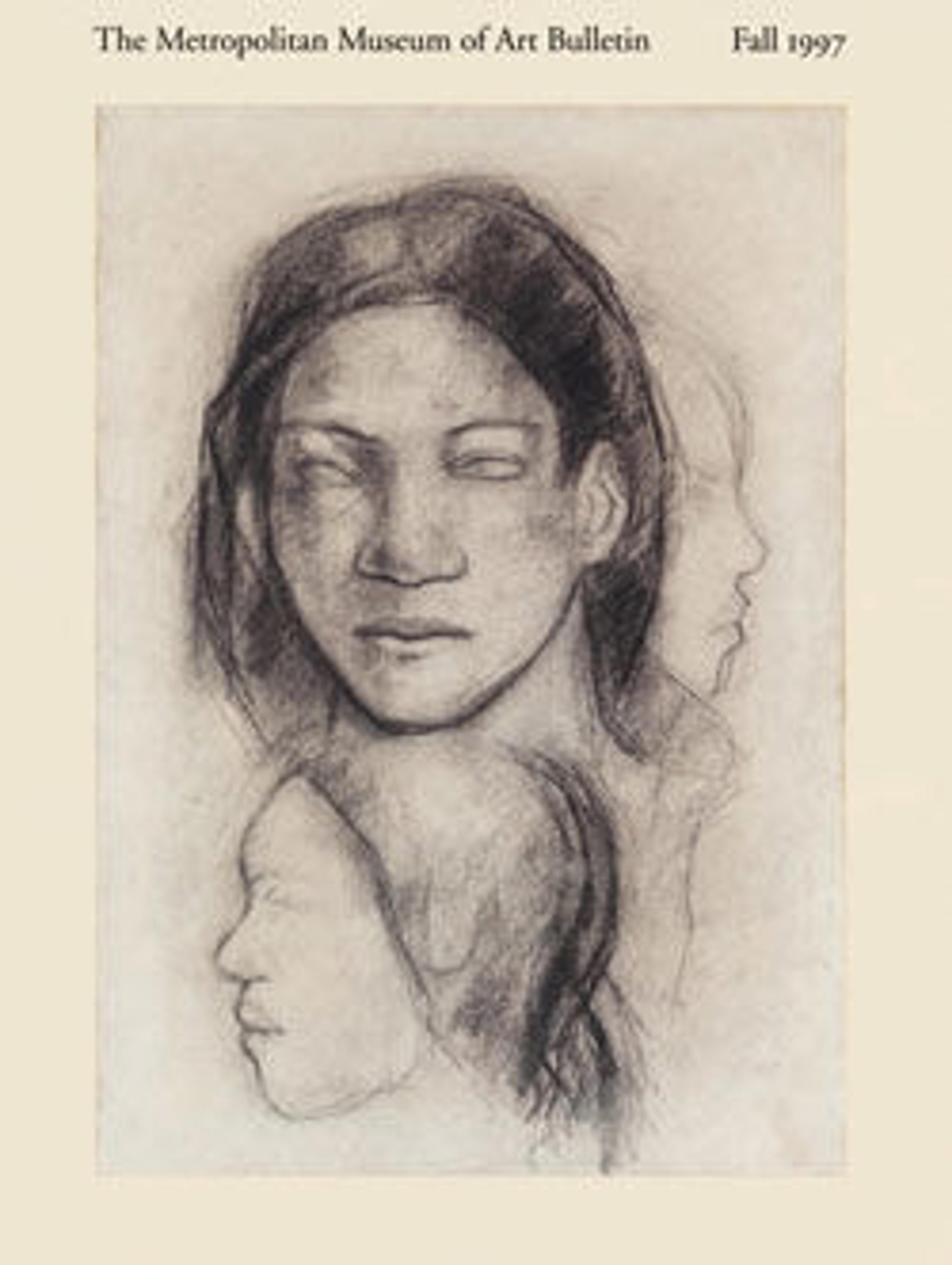Three-cornered stone
Portable-sized sculptures, known as three-pointed stones or trigonolitos, were described by the Spanish chroniclers as having a connection to yucca or cassava, a staple root crop in the Caribbean. Three-pointed stones come in various sizes, from handheld to quite heavy, and feature a diversity of imagery ranging from anthropomorphic and zoomorphic phone. They mainly come from the Greater Antilles, but examples have been found as far south in the windward islands as The Grenadines.
Creative sculptural expression, both extractive and additive, for the Taíno peoples was intertwined with sacred concepts such as zemí, ceremony, and rulership. Zemí figures were used as stands, reliquaries, or personal adornment. Zemí (or cemí) is a term used by Taíno peoples, the diverse societies that inhabited the Antilles archipelago before European contact, that linguistically relates to a quality akin to sweetness. Zemí refers not to an object or image but to an immaterial, spiritual, and vital force pertaining to deities and ancestors. There are several known zemí identities recorded by the Spanish, some of which have been linked to archaeological images.
Creative sculptural expression, both extractive and additive, for the Taíno peoples was intertwined with sacred concepts such as zemí, ceremony, and rulership. Zemí figures were used as stands, reliquaries, or personal adornment. Zemí (or cemí) is a term used by Taíno peoples, the diverse societies that inhabited the Antilles archipelago before European contact, that linguistically relates to a quality akin to sweetness. Zemí refers not to an object or image but to an immaterial, spiritual, and vital force pertaining to deities and ancestors. There are several known zemí identities recorded by the Spanish, some of which have been linked to archaeological images.
Artwork Details
- Title:Three-cornered stone
- Artist:Taíno artist(s)
- Date:900–1600 CE
- Geography:Dominican Republic, Caribbean, San Juan de la Maguana, reportedly
- Culture:Taíno
- Medium:Limestone
- Dimensions:H. 6 3/4 x W. 3 3/4 x D. 7 1/4 in. (17.1 x 9.5 x 18.4 cm)
- Classification:Stone-Sculpture
- Credit Line:Purchase, Oscar de la Renta Gift, 1997
- Object Number:1997.35.2
- Curatorial Department: The Michael C. Rockefeller Wing
More Artwork
Research Resources
The Met provides unparalleled resources for research and welcomes an international community of students and scholars. The Met's Open Access API is where creators and researchers can connect to the The Met collection. Open Access data and public domain images are available for unrestricted commercial and noncommercial use without permission or fee.
To request images under copyright and other restrictions, please use this Image Request form.
Feedback
We continue to research and examine historical and cultural context for objects in The Met collection. If you have comments or questions about this object record, please contact us using the form below. The Museum looks forward to receiving your comments.
